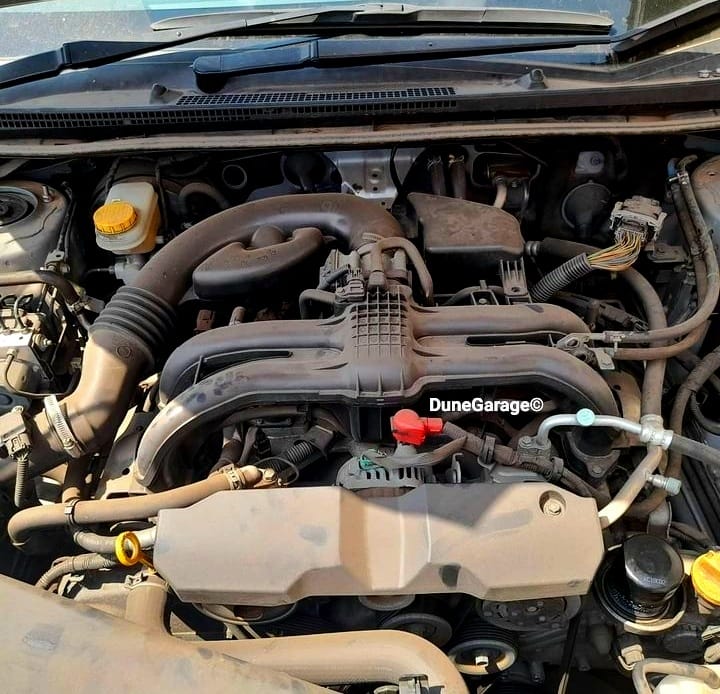In the world of automobiles, the debate between manual and automatic transmissions has been ongoing for decades.
These two types of transmissions differ significantly in how they operate and the level of control they offer to the driver.
Understanding these distinctions is crucial for drivers when selecting the transmission that best suits their needs and preferences.
- Gear Shifting: Manual transmissions, also known as stick shifts, require the driver to manually shift gears using a clutch pedal and a gear stick. This hands-on approach grants the driver precise control over gear selection, making it advantageous in certain scenarios like performance driving or off-road conditions. On the other hand, automatic transmissions shift gears automatically, eliminating the need for driver input and simplifying the process.
- Driver Involvement: For those who enjoy an engaged driving experience, manual transmissions offer active driver involvement. Operating a manual transmission requires the driver to engage the clutch, shift gears, and coordinate the operation of the clutch and accelerator pedals. This level of interaction can be more enjoyable for drivers who prefer a more hands-on approach. Automatic transmissions, on the other hand, are designed for convenience and ease of use, as they shift gears automatically, reducing the effort required from the driver.
- Fuel Efficiency: In the past, manual transmissions were generally considered more fuel-efficient compared to their automatic counterparts. However, advancements in automatic transmission technology have closed the gap. Many modern automatic transmissions can now match or even exceed the fuel efficiency of manual transmissions. Specific transmission types, such as dual-clutch transmissions (DCTs) or continuously variable transmissions (CVTs), have been engineered to optimize fuel economy further.
- Performance: Manual transmissions have long been favored by performance enthusiasts due to their direct control over gear selection and ability to facilitate quick shifts. This control can be advantageous for acceleration and overall performance. However, modern automatic transmissions have evolved significantly to meet the demands of performance-minded drivers. Features like paddle shifters and manual mode are now common, allowing drivers to have more control over gear changes and enhancing performance.
- Traffic and Convenience: Automatic transmissions excel in traffic-heavy or stop-and-go situations, offering convenience and ease of use. The absence of frequent gear shifting and clutch operation relieves driver fatigue in such conditions. Manual transmissions require more effort and skill to operate smoothly in these scenarios, which may become tiring over time.
Ultimately, the choice between manual and automatic transmissions boils down to personal preference, driving style, and the intended use of the vehicle.
Some drivers relish the control and engagement of a manual transmission, while others prefer the convenience and simplicity of an automatic transmission.
With advancements in automatic transmission technology, the performance and fuel efficiency gaps have narrowed, providing drivers with a wider range of options to suit their specific needs.
When making a decision, drivers should consider their driving habits, traffic conditions in their area, the vehicle’s intended purpose, and personal preferences.
Both manual and automatic transmissions offer unique advantages, ensuring that drivers can find the perfect transmission to enhance their driving experience.














